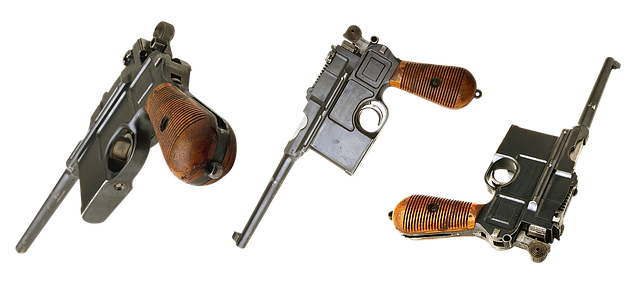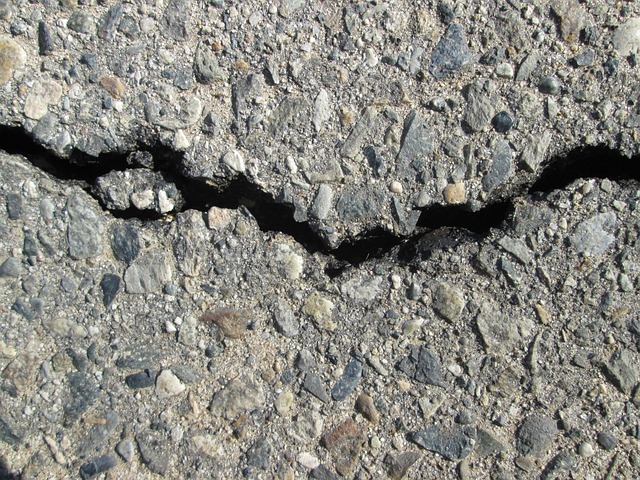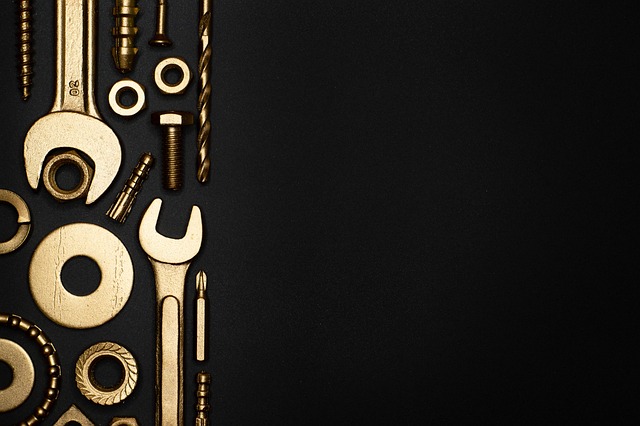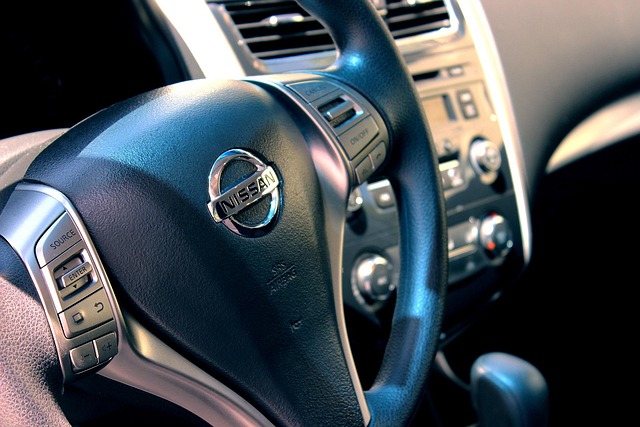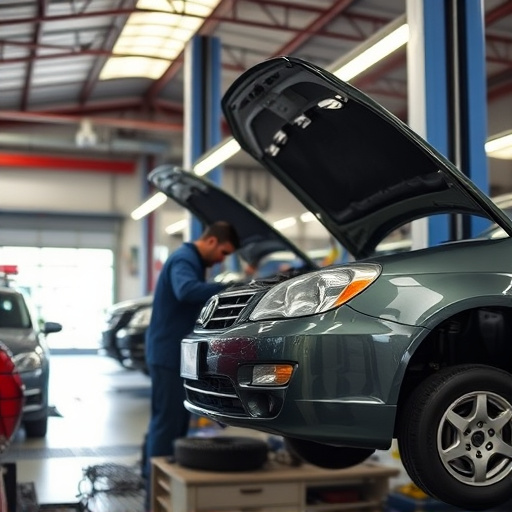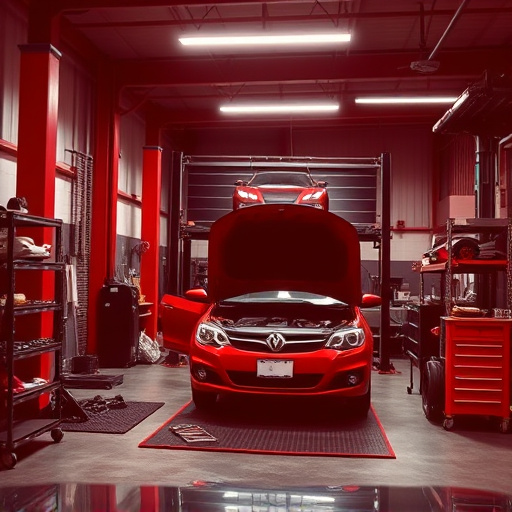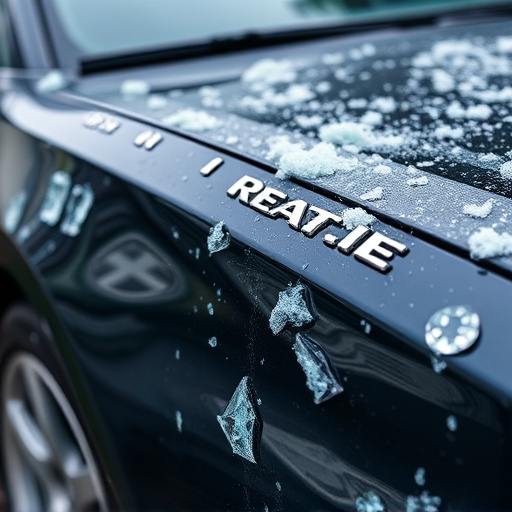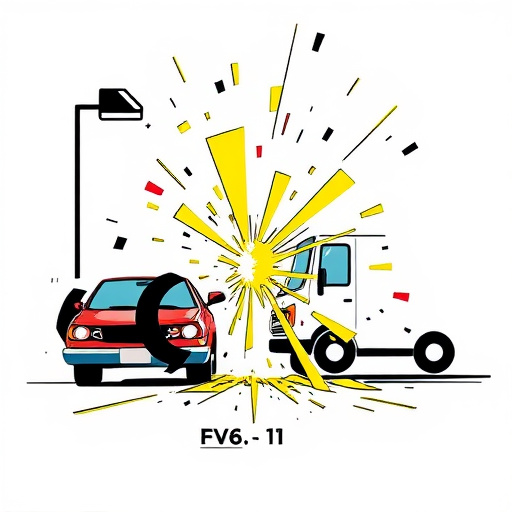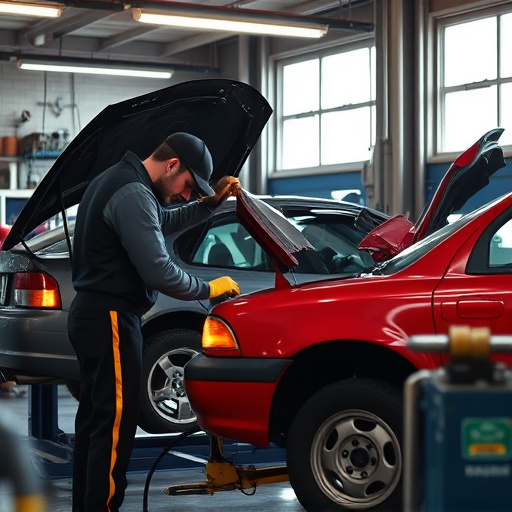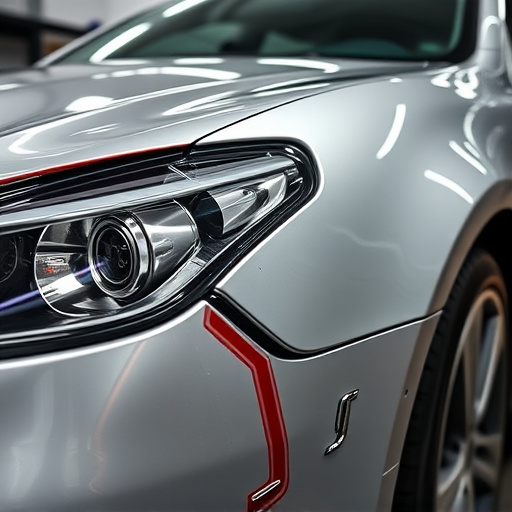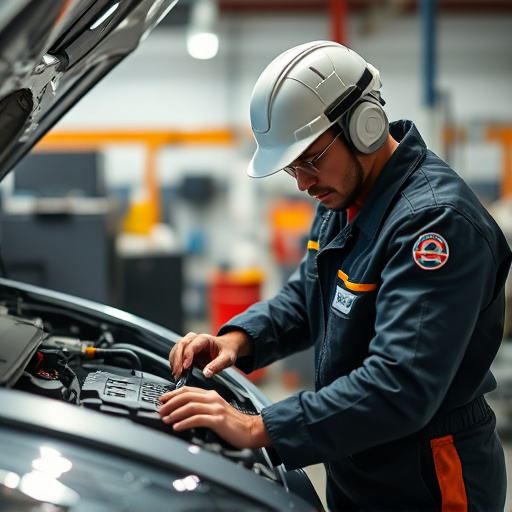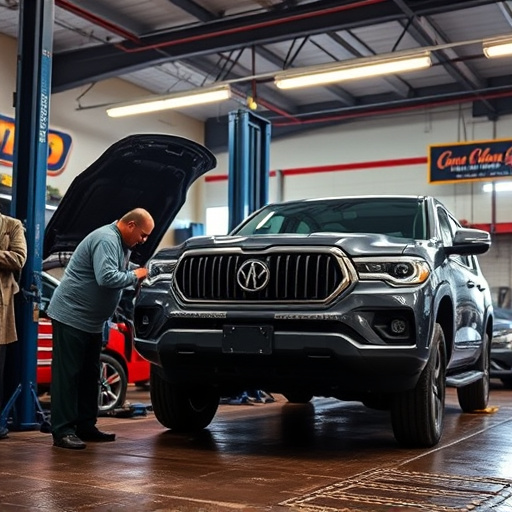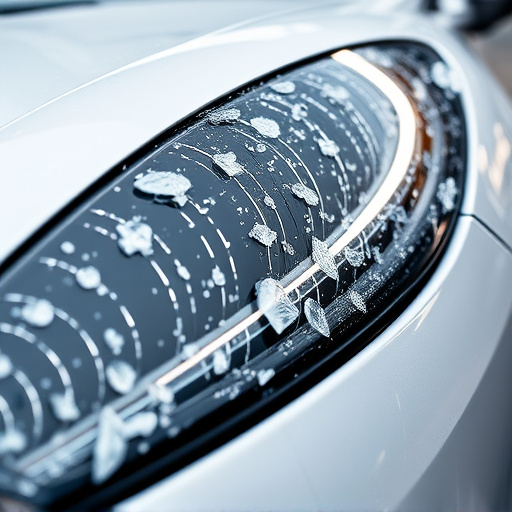Mastering color sanding and buffing with specialized tools and abrasives of varying grits is essential for achieving flawless outcomes in automotive restoration or Mercedes Benz repair. Coarse papers remove imperfections, while fine-grit papers yield glossy surfaces. Buffing tools, from heavy cutting compounds for initial scratch removal to finer compounds for paintless dent repair, ensure a mirror-like finish without repainting.
Mastering the art of color sanding and buffing is crucial for achieving a professional finish on wood projects. This technique allows you to enhance grain patterns and create a smooth, vibrant surface. Understanding your project’s unique requirements is key. By carefully selecting abrasives and buffing tools, you can achieve consistent results. In this guide, we’ll explore how to choose the right materials, from understanding your sanding needs to picking the ideal buffing instruments for your desired outcome, ensuring a flawless finish.
- Understanding Color Sanding and Buffing Needs
- Selecting the Right Abrasives for the Job
- Choosing Buffing Tools for Desired Finish
Understanding Color Sanding and Buffing Needs
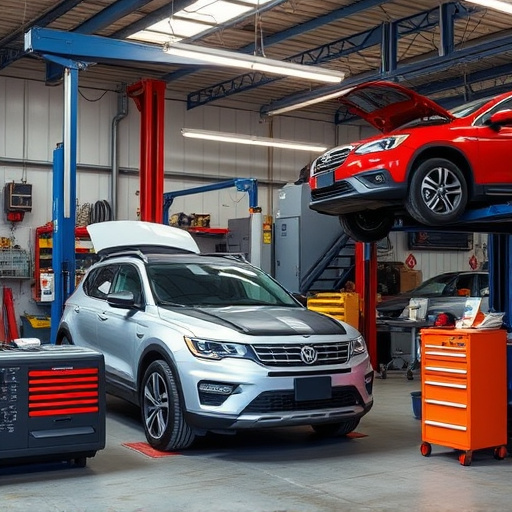
Understanding the specific needs of color sanding and buffing is a crucial step in achieving flawless results for your automotive restoration or Mercedes Benz repair projects. This process involves meticulous finishing techniques to ensure a seamless blend of colors and surfaces, especially in vehicle repair services. Whether you’re aiming to remove minor imperfections or achieve a high-gloss finish, the right tools are essential.
Color sanding and buffing require specialized equipment designed to address unique challenges. Different grits of sandpaper are used for sanding, each with specific purposes, from coarse for initial shaping to fine for intricate detailing. Buffers, on the other hand, play a vital role in smoothing out rough edges and achieving a uniform sheen. Choosing tools that align with your project’s requirements, whether it’s a simple paint repair or a full automotive restoration, ensures efficient and effective results, leaving no room for error in vehicle repair services.
Selecting the Right Abrasives for the Job

When it comes to color sanding and buffing, selecting the right abrasives is key. Different materials require distinct grit levels and types of sandpaper to achieve a smooth finish. For instance, coarse-grit papers are ideal for aggressive sanding tasks like removing dents or paint imperfections from a vehicle’s bodywork, while fine-grit papers are crucial for delicate finishing work aimed at achieving a flawless, glossy surface in an automotive body shop.
Understanding your project is paramount. In the event of vehicle dent repair, opt for sandpapers designed to cut through paint layers and underlying damage efficiently. Conversely, if you’re focusing on enhancing a clear coat finish without disturbing the base color, fine abrasives that minimize material removal will prove more suitable. This precise approach ensures optimal results in any automotive body shop or vehicle bodywork restoration endeavor.
Choosing Buffing Tools for Desired Finish
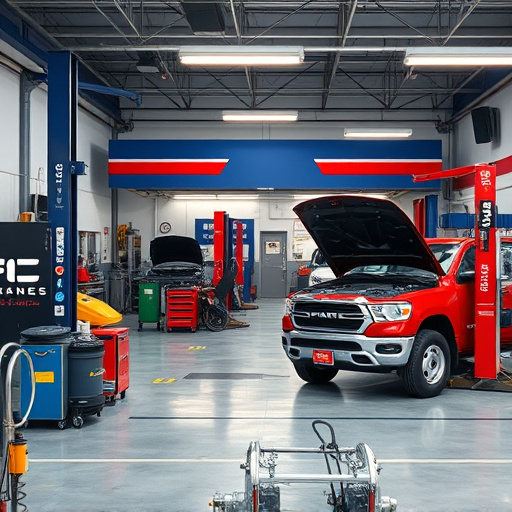
When it comes to achieving a smooth, glossy finish through color sanding and buffing, selecting the right buffing tools is key. Different tools cater to various levels of refinement, from coarse to fine, allowing for precise control over the final appearance of your work. For instance, a heavier cutting compound with a coarser pad can efficiently remove deep scratches or paint imperfections in the initial stages of color sanding and buffing.
As you progress towards achieving a high-gloss finish, transitioning to finer compounds and pads specific to paintless dent repair and vehicle paint repair becomes crucial. These tools are designed to minimize swirls and leave behind a mirror-like shine, effectively repairing car scratches without the need for repainting. The right buffing tool selection, therefore, directly impacts not just the aesthetic appeal but also the overall quality of the car scratch repair process.
When it comes to achieving a flawless finish in color sanding and buffing, selecting the right tools is key. By understanding your project’s unique requirements, choosing the appropriate abrasives, and picking the ideal buffing tools, you can create surfaces that are not only smooth but also boast a stunning, professional-grade shine. Master these techniques, and you’ll revolutionize your finishing process, ensuring exceptional results every time.
